Counterops - recycled materials
OKMoreh
9 years ago
Related Stories

GREEN BUILDINGInsulation Basics: Natural and Recycled Materials
Consider sheep’s wool, denim, cork, cellulose and more for an ecofriendly insulation choice
Full Story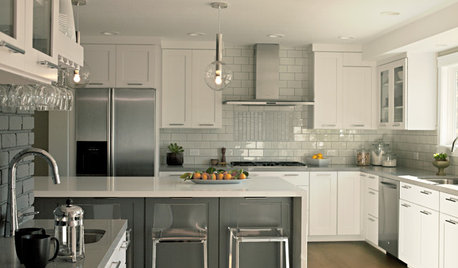
KITCHEN DESIGNEcofriendly Kitchen: Recycled Tile for Backsplashes
Pick a popular look for your kitchen backsplash design and go green as well, with beautiful tiles made from recycled materials
Full Story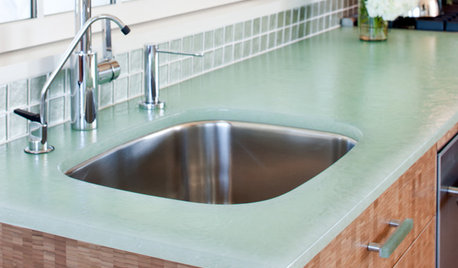
MATERIALSWant a Clear Decorating Conscience? Try Recycled Glass
Choose recycled glass for counters, backsplashes, accessories and more — this material is as durable as it is ecofriendly
Full Story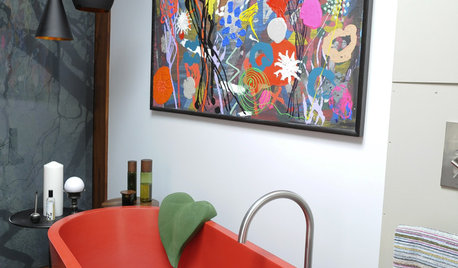
MATERIALSA Hard Look at Recycled Plastic for the Home
It's durable and versatile, but processing takes a lot of energy. We sort through the facts on recycled plastic so you can choose wisely
Full Story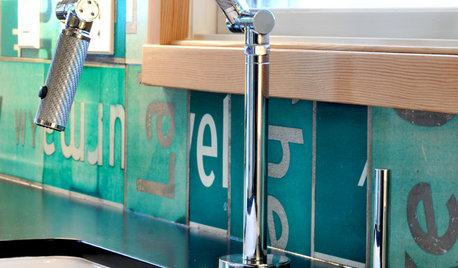
KITCHEN DESIGNSuper Backsplashes to Pair With Recycled-Paper Counters
Aesthetics and personal ethics come together for most folks who opt for this eco-friendly material
Full Story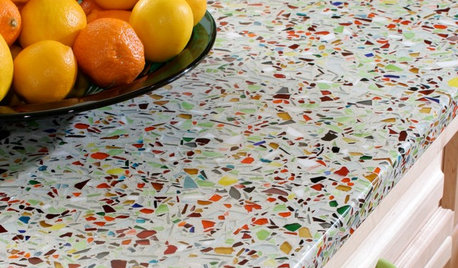
KITCHEN DESIGNKitchen Counters: Sturdy, Striking Recycled Glass With Cement
Ecofriendly and full of character, this heat- and scratch-resistant material is a great fit for custom kitchen counters
Full Story
SHOP HOUZZShop Houzz: Reclaimed and Recycled Lighting Sale
Up to 50% off lighting crafted from earth-friendly, sustainable materials
Full Story0
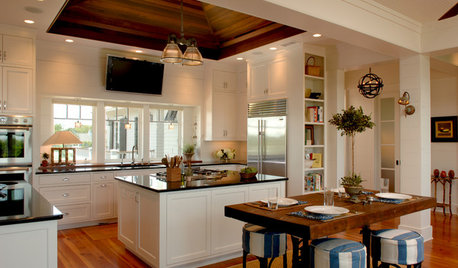
SHOP HOUZZShop Houzz: Recycled, Reclaimed and Repurposed
Go green with furnishings made from upcycled materials in an industrial setting
Full Story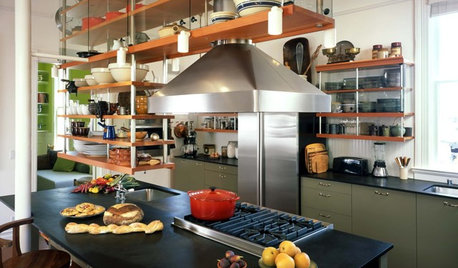
KITCHEN DESIGNKitchen Counters: Recycled Paper Surprises With Durability and Warmth
Sturdier than you might think, this postconsumer countertop material also has major environmental cred
Full Story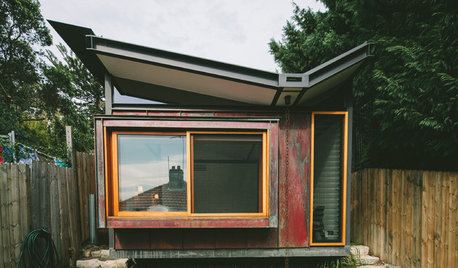
CURB APPEALModern Materials: Copper, Architecture's Natural Beauty
The rich patina is just the beginning — copper for home exteriors is strong, shapable and highly recyclable
Full Story





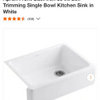


Fori
crl_
Related Professionals
Ossining Kitchen & Bathroom Designers · South Barrington Kitchen & Bathroom Designers · Adelphi Kitchen & Bathroom Remodelers · Citrus Park Kitchen & Bathroom Remodelers · Mesquite Kitchen & Bathroom Remodelers · Portage Kitchen & Bathroom Remodelers · Eufaula Kitchen & Bathroom Remodelers · Country Club Cabinets & Cabinetry · Highland Village Cabinets & Cabinetry · Key Biscayne Cabinets & Cabinetry · Lindenhurst Cabinets & Cabinetry · Milford Mill Cabinets & Cabinetry · Brookline Tile and Stone Contractors · Bloomingdale Design-Build Firms · Calumet City Design-Build Firmsbyzantine
plllog
amberm145_gw
Majra
fouramblues
plllog
Annie Deighnaugh
olivertwistkitchen
OKMorehOriginal Author
Fori